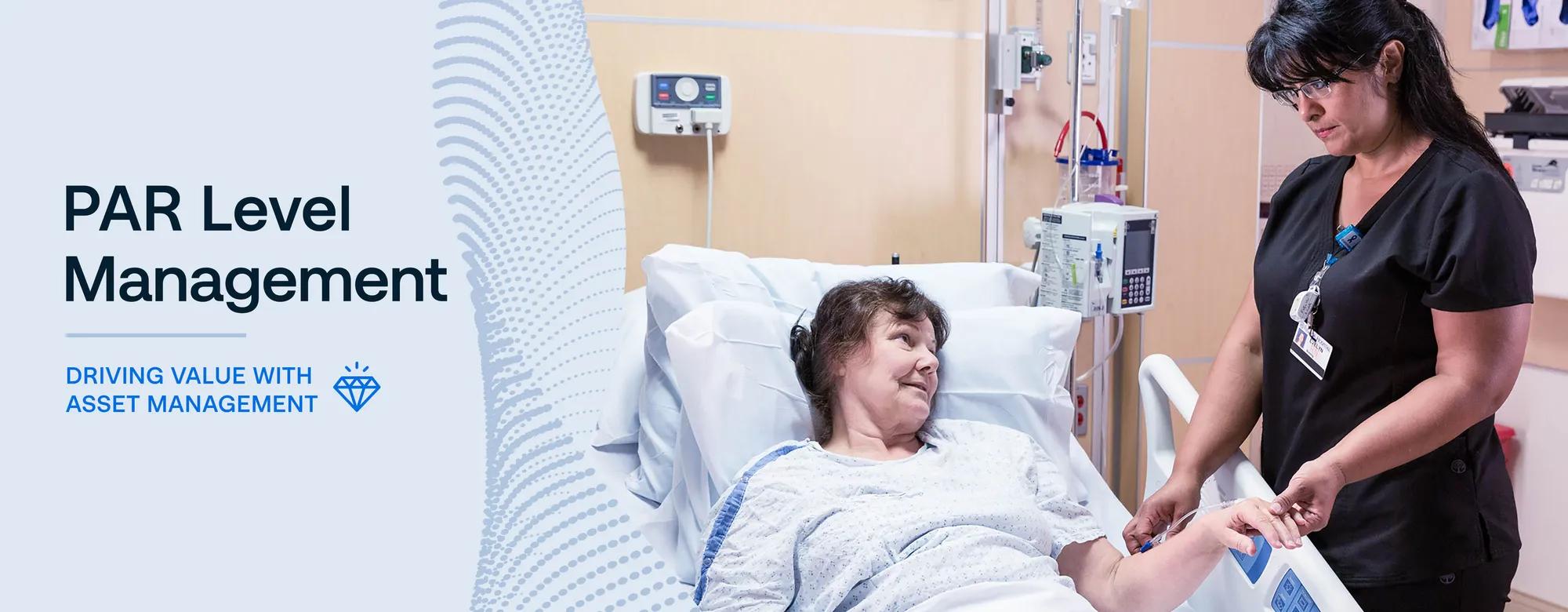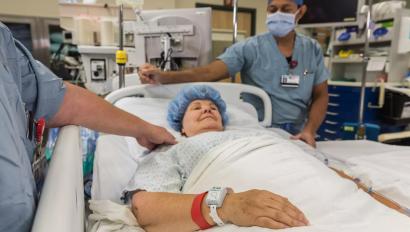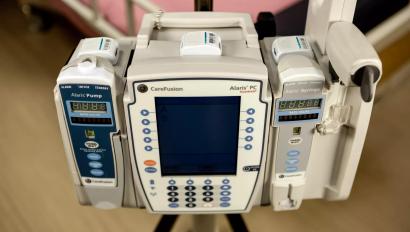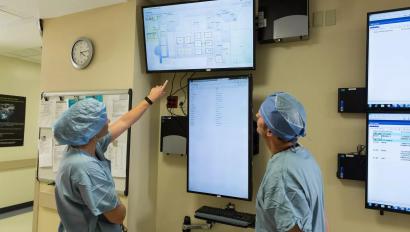Does RTLS Set a New Standard in PAR Level Management?

Discover how RTLS helps set and maintain “just-right” quantities of medical assets and supplies. It’s a whole new approach to PAR level management.
How is your hospital handling Periodic Asset Replenishment (PAR) level management?
A “PAR level” reflects the minimum quantity of a given asset—such as infusion pumps, wound vac, wheelchairs or specialty beds—that your hospital needs on hand to ensure your clinicians can get the equipment or supplies they need.
In theory, it’s easy to see the advantages of effective PAR level management: higher-quality patient care, better staff morale, less wasted time and money. In practice, it can be extremely challenging for a hospital to implement and manage an efficient PAR level system.
What Are the Risks of Ineffective PAR Level Management?
Set up your PAR level system incorrectly, and clinical personnel will not find sufficient assets when they need them to deliver patient care. That typically leads to frustration and may even prompt your clinicians to hoard equipment. In extreme cases, nurses resort to rounding their unit and neighboring units trying to locate assets, wasting valuable clinical resource time.
Effective PAR level management can help address these medical equipment shortages, so cleaning and redistributing critical assets is efficient. It builds trust with clinical staff, too.
The Path to Better PAR Level Management
The best way to initiate the journey to PAR level management is to monitor the current flow of equipment. By using Real-Time Location System (RTLS) technology to tag healthcare assets and track their movement through a department, floor or unit, you can amass the data you need to understand equipment requirements and model a PAR level system that matches asset demands.
It often makes sense to set some baseline minimum quantities via rules and then monitor how those rules impact asset availability. One example of a rule: “Portable defibrillators should never fall below five in the ED.” Such rule-based alerts are easy to create, and you can refine them over time with adjustments based on observations of system data.
After weeks or months of monitoring actual usage, reports will show patterns emerging—for example, consistent overages in a certain area or other units experiencing ongoing shortages of a certain medical asset. You can use these findings to adjust PAR levels. That helps ensure an adequate supply of assets are always on hand in each unit, but not overly supplied as to create inefficiencies or asset underutilization. PAR levels can also be applied to soiled utilities rooms for Central Supply/Sterile Processing alerts to further streamline workflows.
How Can You Achieve Room-Level Healthcare Asset Tracking?
Automating PAR level management requires visibility of the clean/dirty status of every piece of equipment in each area or unit of the hospital. The best way to achieve this is by placing RTLS exciters in designated areas. RTLS exciters enable room-level specificity. And that means the RTLS platform can track with certainty how many tagged assets are available per floor or whether assets are ready to be cleaned. Staff can then adjust PAR level information in the the system accordingly.
Using real-time PAR level status reporting and analytics, your Central Supply/Sterile Processing (CSD/SPD) staff can make better decisions on the most efficient rounding patterns. They have the data they need to focus only on areas that need attention, rather than walking the whole facility from top to bottom.
What’s more, the real-time Asset Management solution can send notifications to personnel when specialty equipment drops below PAR level, which can create a critical state requiring immediate attention.
The Payoffs of PAR Level Management
PAR level management of healthcare assets can increase the utilization of equipment, ensure this equipment is properly cleaned and disinfected after patient care, and make equipment available to nursing staff when and where they need it to deliver care.
Case in Point: AdventHealth Orlando
AdventHealth Orlando—a 1,200-bed hospital—wanted a modern, efficient process to manage infusion pumps in its newly constructed Women’s Hospital. When the hospital piloted an RTLS visibility and analytics solution to automate PAR level management of infusion pumps, it identified $66,000 in savings in capital, labor and repair cost reduction from four units: Triage, Labor & Delivery, Mother-Infant and Perinatal High Risk.
In addition, 88% of nurses reported that having pumps always available had a great impact on patient care—with 25% reporting at least 30 minutes of extra time per day. What’s more, having pumps always available reduced patient care delays by 66%.
Read more about additional asset management advanced use cases.
























